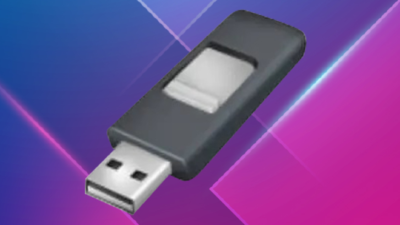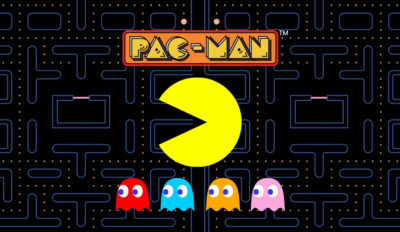Smart Contact Lenses Developed By Researchers Use Self-Moisturizing System

The researchers at Tohoku University have developed innovative smart contact lenses that are self-moisturizing and prevent eyes from being dried out. The research has been described and published in the Journal Advanced Materials Technologies, the self-moisturizing system maintains a layer between the eyes and contact lenses using a novel mechanism.
There has been a number of researches in the past that focuses on smart contact lens technology, the researchers from University of California San Diego earlier developed smart contact lenses which could use the zoom functionality, later researches at New Castle University developed 3D-printed artificial human Cornea. However, the research in the past shown little progress in solving problems associated with wearing the contact lenses for a longer period of time, said Matsuhiko Nishizawa, an engineer at Tohoku University.
The biggest problem associated with contact lenses is that they can cause “dry eye syndrome” due to moisture evaporation that takes place quickly after wearing the lenses and reduced blinking of an eye. The problem can lead to corneal wounds and inflammation as well as pain in the eyes.
The focus of the researchers was to develop a lens that could keep the eye hydrated for a longer period of time. The system developed by the team uses electroosmotic flow (EOF), it causes the liquid to flow when a voltage is applied across a charged surface. In this case particularly, “a current applied to a hydrogel causes fluid to flow upwards from the patient’s temporary tear reservoir behind the lower eyelid to the surface of the eye.”
“This is the first demonstration that EOF in a soft contact lens can keep the lens moist,” said Nishizawa. The researchers also worked on the possible use of wireless power supply to the contact lenses. Two types of batteries were tested including enzymatic fructose-oxygen fuel and magnesium-oxygen battery; both the batteries are safe and non-toxic for living cells. The research shows that the system can be powered by both types of bio-batteries.
Digital marketing enthusiast and industry professional in Digital technologies, Technology News, Mobile phones, software, gadgets with vast experience in the tech industry, I have a keen interest in technology, News breaking.











